 |
|
|
Athens-Sparta Exhibition Set to Open at Onassis |
|
NEW YORK - Athens-Sparta, an exhibition of rare archaeological artifacts and works of art from Greece's two most famous cities will open at the Onassis Cultural Center in Manhattan this coming Wednesday, December 6. Highlights of the exhibition include treasures such as a marble statue of a hoplite, known as "Leonidas," from the end of the 5th Century BC; a marble statue of an Athenian Kore from the Acropolis Museum, from the 5th Century BC; bronze figurines of hoplites from Sparta, from the 8th to 6th Centuries BC; a ceramic kylix by the Arkesilas Painter from the 6th Century BC; a marble statuette of Athena from the mid-4th Century BC; Attic marble reliefs and grave stele from the late |
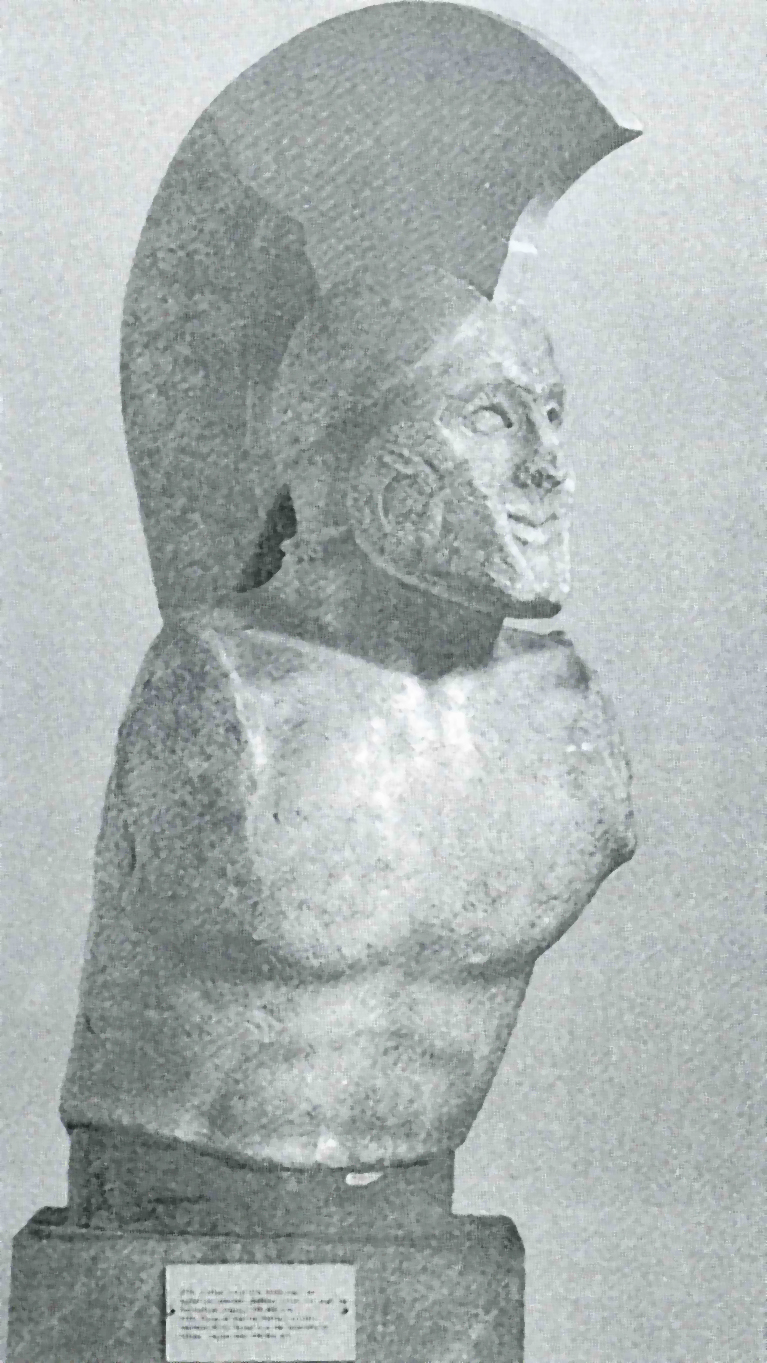 Statue of King Leonidas of Sparta (480-470 BC) |
| 5th Century BC; and arrowheads and spearheads from Thermopylae, the famous 5th Century BC battlefield. The 289 exquisite artifacts in the exhibition, many of which are traveling abroad for the first time, will be on view at the Onassis Center through May 12, 2007. Athens-Sparta consists of three sections representing the cultural development of the two most important city-states in ancient Greece, along with an introduction which focuses on the two cities' formations. The first section explores their artistic, social and cultural developments from the Late Geometric period through the Archaic Period (8th to 5th centuries BC), including metal work, pottery and public monuments. While Sparta was not making the same strides in monumental structures as Athens during this period, it did flourish in other areas, including metal work, ivory sculpture and pottery. In the first half of the 6th Century BC, Sparta was one of the most important centers for artistic production, particularly for bronze works, as shown in such rare pieces as the hoplite figurines, a black-figure hydria depicting riders and warriors (555-550 BC), a relief votive stele representing an enthroned couple, (550-525 BC), and a group of ivory figurines from the Sanctuary of Artemis Orthia (700-650 BC). |
|
|
The two other sections in AthensSparta represent the artistic development during the 5th Century BC, in the broader context of the continuously changing dynamics between the two cities, during the Persian Wars (500-449 BC) and the Peloponnesian War ( 431-404 BC). These momentous events greatly influenced each city-state's culture and artistic development, as represented through the magnificent artifacts in , the exhibition, including an Attic black-figure lekythos from 500-490 BC, a bronze statuette of an athlete from about 500 BC, and a Nike fig urine from the late 6th Century BC. |
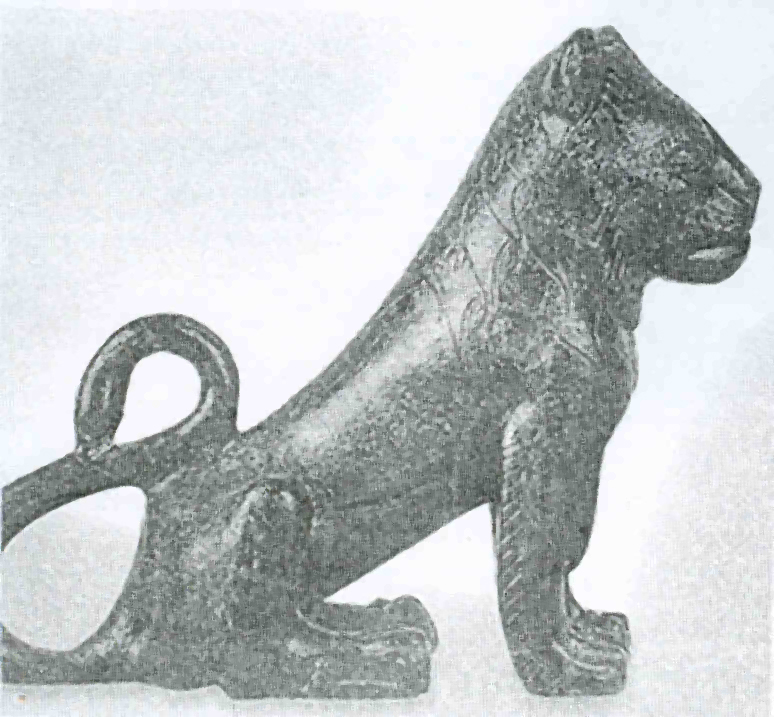 Lion Figurine (570 BC, NAM in Athens) |
In the 5th Century BC, Attic art made advances in the areas of sculpture and pottery which led to the popularization of these art forms, examples of which include a votive relief with the Delian Trinity and a helmeted head of Athena from the late 5th Century BC, and the silver- Tetradrachm of Athens from 450404 BC. In contrast, there is a remarkable scarcity of excavated Laconic artifacts from this period, with scant metal work pieces and little evidence of advancements in Laconian pottery. The archaeological evidence of Laconic monumental stone sculpture from the Classical period is also considerably less than that of the Archaic period. Athens-Sparta features a rare example of stone sculpture from this period: a statue of a hoplite, known as "Leonidas," from 480-470 BC, one of the most widely studied artifacts in the exhibition. The statue depicts a running hoplite (a heavily armored foot soldier) known as the Spartan king Leonidas, who led a small force of warriors against the much larger Persian army in Thermopylae in 480 BC, during the Persian Wars. Leonidas and all of the soldiers died in the battle, becoming a symbol of Spartan willingness to sacrifice oneself for freedom and the greater good of society. Athens-Spatta balances out contemporary perspectives on the uneven cultural relationship between the two ancient city-states, in which Attic art has traditionally been recognized as the more advanced of the two. This higher regard for Attic art can be understood in the broader context of Attic culture as a whole, perceived as more refined and expressive than its rival neighbor. |
|
In contrast, Laconic culture - and by extension Laconic art - is generally considered austere and conservative. By bringing together such a vast selection of important artifacts from each city-state, Athens-Sparta challenges these perceptions, bringing to light the refinements of Laconic art and culture. The exhibition highlights accomplishments of Spartan artists and gives viewers the chance to find a depth and complexity in Laconic art which is normally overshadowed by that of Athens. Shedding light on Laconia art refinements, Athens-Sparta features such exquisite artifacts as a bronze figurine, from 525-500 |
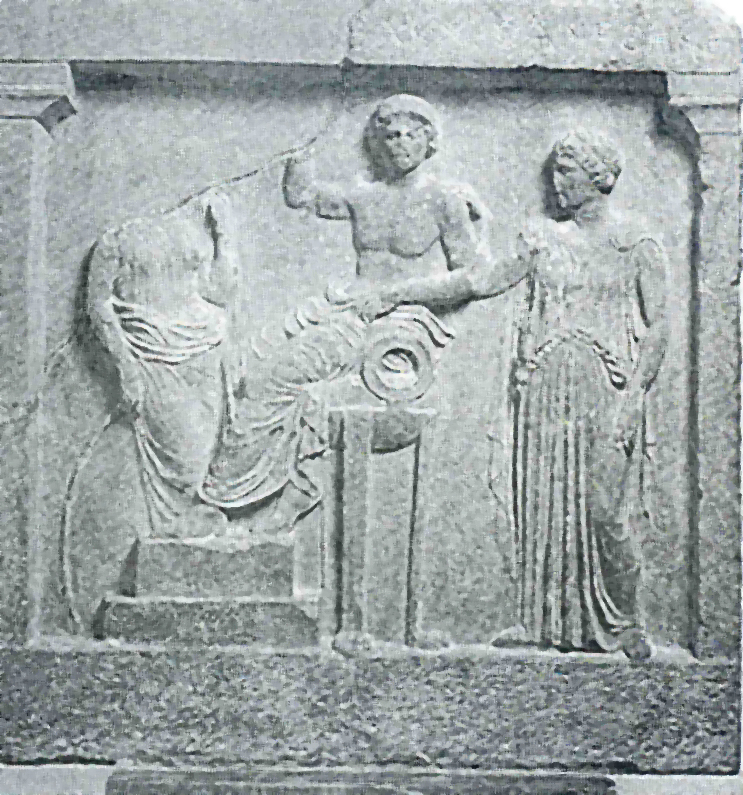 Parian Marble; Votive Relief with the Delian Trinity (late 5th Century BC) |
| BC, of a young female runner in mid-stride, with an expressive face, long flowing hair and graceful athletic body; a rare clay Laconian kylix from 560 BC, which depicts the iconographic theme of the wealthy king Arkesilas from Cyrene overseeing the weighing and bundling of an ancient and valuable medicinal plant; and a kylix from 560-550 BC, one of the earliest to portray the myth of Atlas and his brother Prometheus' suffering eternally under Zeus' punishments. |
|
|
Athens-Sparta includes loans from the Acropolis Museum, Epigraphical Museum, Kerameikos Archaeological Museum, National Archaeological Museum, the Numismatic Museum, 3rd Ephorate of |
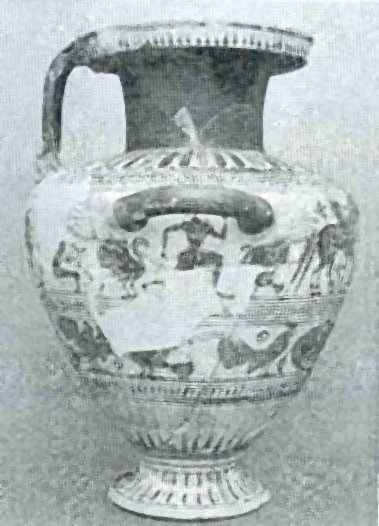 Hydria (555-550 BC) |
| Prehistoric & Classical Antiquities, the Archaeological Museum in Marathon, the Archaeological Museum in Olympia, the Archaeological Museum in Rhodes and the Archaeological Museum in Sparta, all located in Greece. The exhibition will also include pieces from the Bibliotheque Nationale de France in Paris; the Vatican Museums in Vatican City; the Boston Museum of Fine Arts; and the American Numismatic Society in New York. |
|
|
|
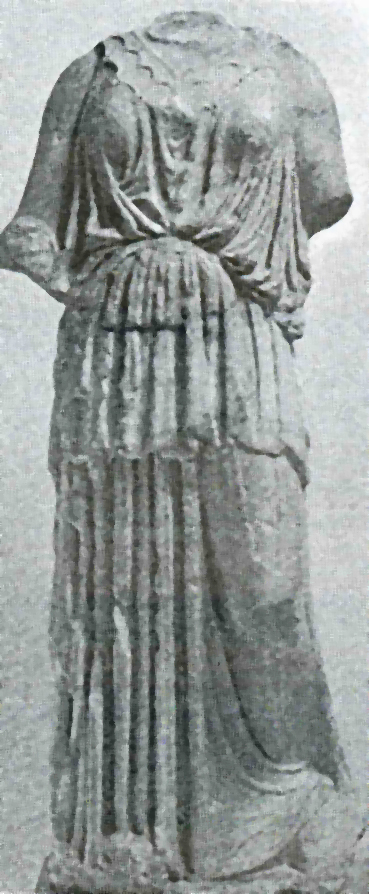 Statuette of Athenia (mid-4th Century BC) |
Athens-Sparta is curated by Dr. Nikos Kaltsas, Director of the National Archaeological Museum in Athens. Dr. Kaltsas is the author of a prize-winning book, "Sculpture in the National Archaeological Museum, Athens (2002)," as well as many other widely published archeological studies of ancient Greece. He is also a member of the Central Archaeological Council, the Central Council of Modern and Contemporary Monuments, and the Committee for the Conservation of the TempIe of Apollo Epikourios. |
|
|
|
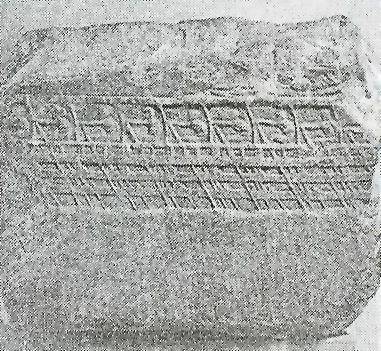 Relief of the Athenian Trireme (Late 5th- Century BC) |
|
The Onassis Foundation aims to disseminate Greek culture and civilization of all time periods in the United States of America. The Center seeks to give the public greater access to significant aspects of Greek culture through its ongoing series of exhibitions, lectures, musical events, literary evenings and the atrical performances. To learn more about the foundation and the Onassis Cultural Center, visit the web at www.onassisusa.org. The Onassis Cultural Center, which is located in the Olympic Tower (645 Fifth Avenue in Manhattan - entrance on 51st and 52nd Streets) is open to the public from 10 AM to 6 PM, Monday through Saturday. Admission is free and open to the public. |
|
|
|
|
|
(Posting date 26 December 2006) HCS encourages readers to view other articles and releases in our permanent, extensive archives at the URL http://www.helleniccomserve.com/contents.html. |
|
|
|
|
2000 © Hellenic Communication Service, L.L.C. All Rights Reserved.
http://www.HellenicComServe.com |
|
